12 Alternatives To The Most Crowded U.S. National Parks
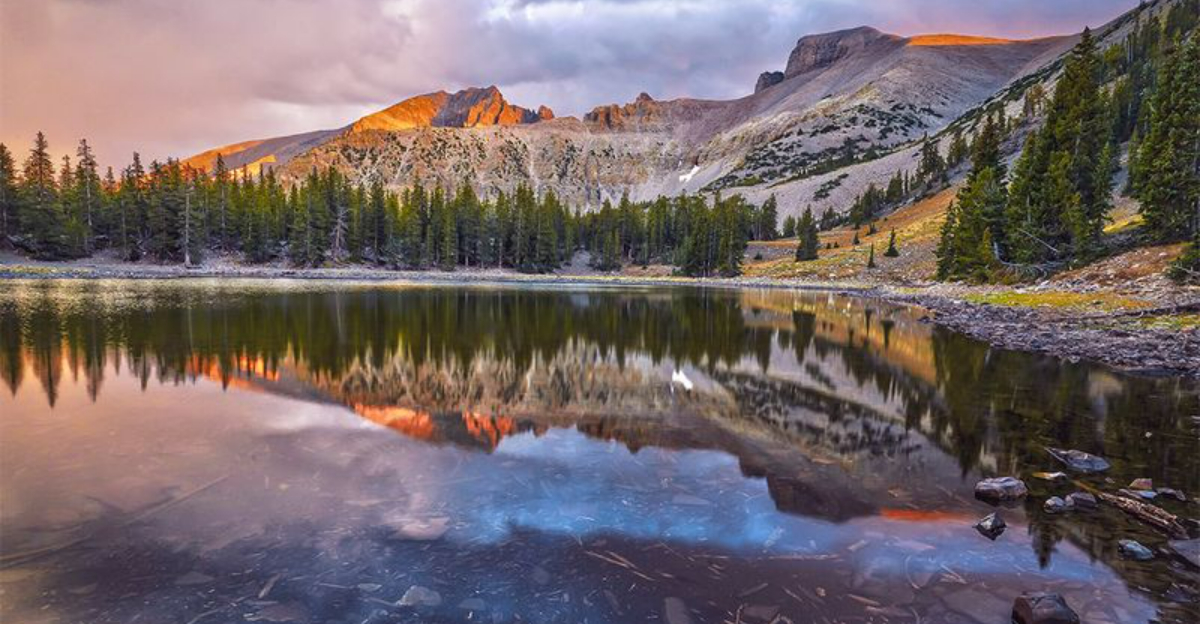
Tired of battling crowds just to snap a photo at popular national parks? You’re not alone! Millions of visitors flock to Yellowstone, Yosemite, and the Grand Canyon every year, turning peaceful nature escapes into stressful adventures.
But America has over 400 national park sites, and many stunning alternatives remain blissfully uncrowded. Here’s my list of 12 spectacular substitutes that offer similar views and experiences without the tourist traffic jams.
1. North Cascades National Park Instead of Glacier

Many travelers have never even heard of this alpine paradise in Washington state. With over 300 glaciers, jagged peaks, and turquoise lakes, it rivals Montana’s Glacier National Park in beauty but sees a fraction of the visitors.
Hiking along the Pacific Crest Trail here feels like stepping into a postcard. The vibrant blue waters of Diablo Lake create a jaw-dropping contrast against the surrounding evergreen forests and snow-capped mountains.
Wildlife spotting opportunities abound—keep your eyes peeled for black bears, mountain goats, and gray wolves. The best part? You can enjoy all this alpine majesty without fighting for parking or trail space.
2. Guadalupe Mountains National Park Instead of Grand Canyon

Ever heard of Texas having mountains? This hidden gem contains the four highest peaks in Texas and canyons that rival Arizona’s famous landmark. The ancient reef that forms these mountains once stood underwater 265 million years ago!
Fall brings a special treat when the McKittrick Canyon explodes with color during the autumn foliage season. Unlike the Grand Canyon’s crowded viewpoints, here you might hike for hours and encounter only a handful of other nature lovers.
If you’re feeling adventurous, tackle the Guadalupe Peak Trail to stand on Texas’ highest point at 8,751 feet. The panoramic desert views from the “Top of Texas” stretch for over 100 miles on clear days.
3. Voyageurs National Park Instead of Acadia

Water lovers rejoice! This Minnesota wonderland is a maze of interconnected waterways where boats replace cars as the primary transportation. Unlike Acadia’s crowded shores, Voyageurs offers solitude among its 500+ islands and 218,000 acres of water.
Canoeing through pristine lakes while loons call across the water creates memories that last a lifetime. The park’s remote location near the Canadian border helps keep visitor numbers low, even during peak summer months.
Winter transforms Voyageurs into a snow-covered playground for cross-country skiing and snowshoeing. For a truly special experience, visit between September and April when the Northern Lights often dance across the night sky—something you won’t see at Acadia.
4. Congaree National Park Instead of Great Smoky Mountains
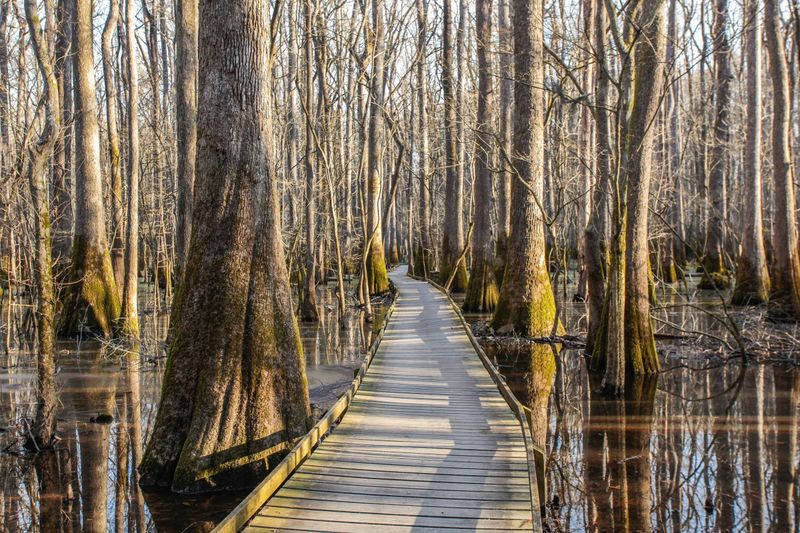
Just a short drive from Columbia, South Carolina sits an ancient floodplain forest that feels like stepping into another world. Massive trees create one of the tallest deciduous forest canopies in the world, while cypress knees rise mysteriously from murky waters.
Walking the elevated boardwalk trail feels magical as sunlight filters through towering loblolly pines and cherrybark oaks. Fireflies put on an incredible synchronous light show in late May and early June—a natural phenomenon that draws fewer spectators than the Smokies’ famous synchronous fireflies.
Kayaking through the floodplain during high water offers a unique perspective on this ecosystem. You’ll glide silently between massive tree trunks in a primeval landscape that receives just a fraction of Great Smoky Mountains’ 12+ million annual visitors.
5. Great Basin National Park Instead of Yosemite
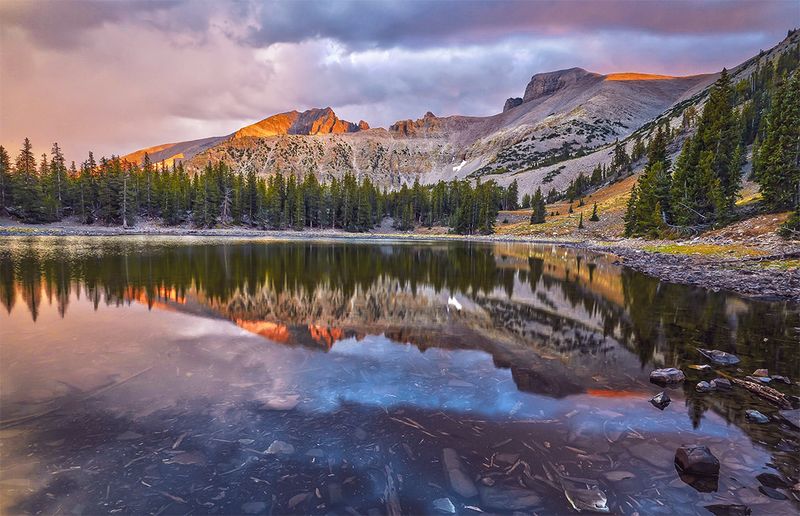
Hidden in eastern Nevada, this park offers breathtaking mountain scenery without Yosemite’s overwhelming crowds. The ancient bristlecone pines here are among the oldest living organisms on Earth, some reaching 5,000 years old!
Lehman Caves feature stunning limestone formations you can explore on ranger-led tours. At night, the stargazing is unbeatable—Great Basin holds International Dark Sky Park status, meaning you’ll see celestial views that city folks can only dream about.
Wheeler Peak rises to 13,063 feet, providing hiking opportunities with far fewer people on the trails than Half Dome. You might even have some viewpoints completely to yourself.
6. Pinnacles National Park Instead of Joshua Tree
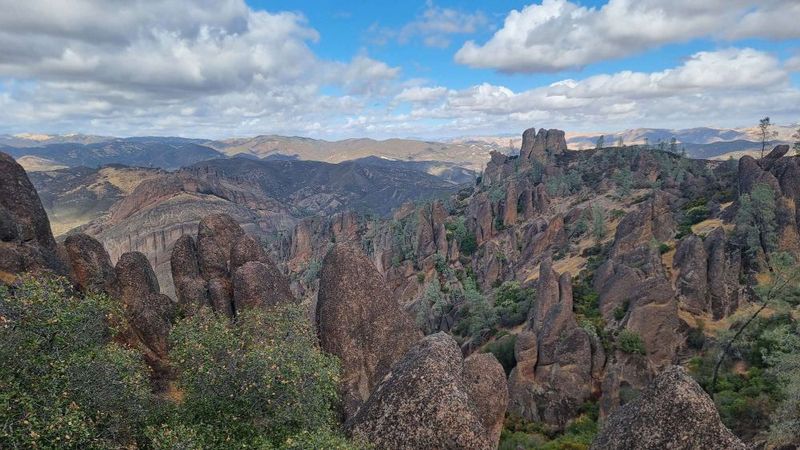
California’s newest national park offers rock formations just as fascinating as Joshua Tree’s but with far fewer Instagram influencers posing among them. Formed by an ancient volcano that split in two and moved 200 miles apart over millions of years, the landscape here feels almost alien.
Rock climbers will find paradise among the crags and spires, with routes for all skill levels. The park’s talus caves—formed when boulders fell into canyons—provide thrilling adventures as you squeeze through passages with a flashlight.
If you’re lucky, you might spot critically endangered California condors soaring overhead. With wingspans reaching 9.5 feet, these magnificent birds are making a comeback from near extinction and find sanctuary in Pinnacles’ remote terrain.
7. Theodore Roosevelt National Park Instead of Badlands
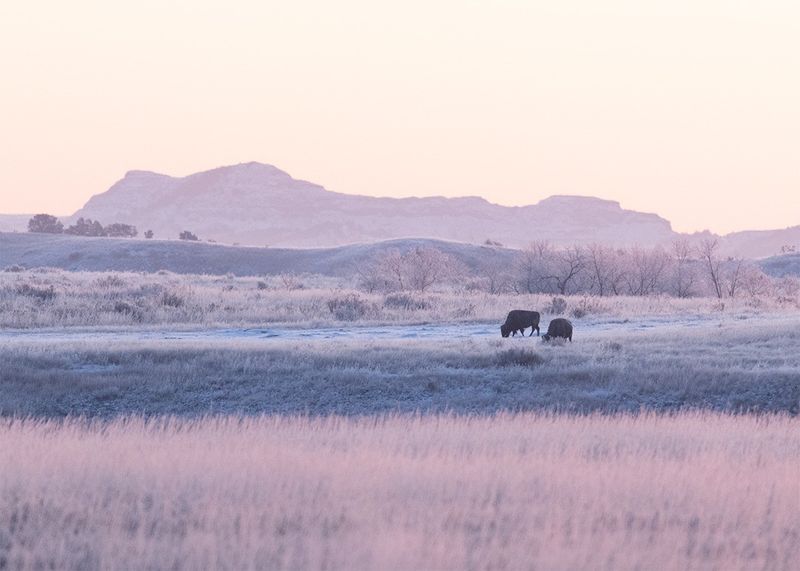
The colorful buttes and canyons of North Dakota rival South Dakota’s Badlands but receive less than a third of the visitors. President Theodore Roosevelt fell in love with this wild landscape, and after exploring it myself, I understand why he called it “romance land.”
Bison herds roam freely across the prairie, often crossing roads and creating natural traffic jams that feel more authentic than crowded wildlife viewpoints elsewhere. The Little Missouri River winds through the park, carving the soft clay into an ever-changing landscape of ridges and ravines.
Sunrise at Wind Canyon offers photographers golden light on the badlands without the shoulder-to-shoulder tripods found at more famous parks. The night skies here remain some of the darkest in the country—perfect for stargazing.
8. Black Canyon of the Gunnison Instead of Zion
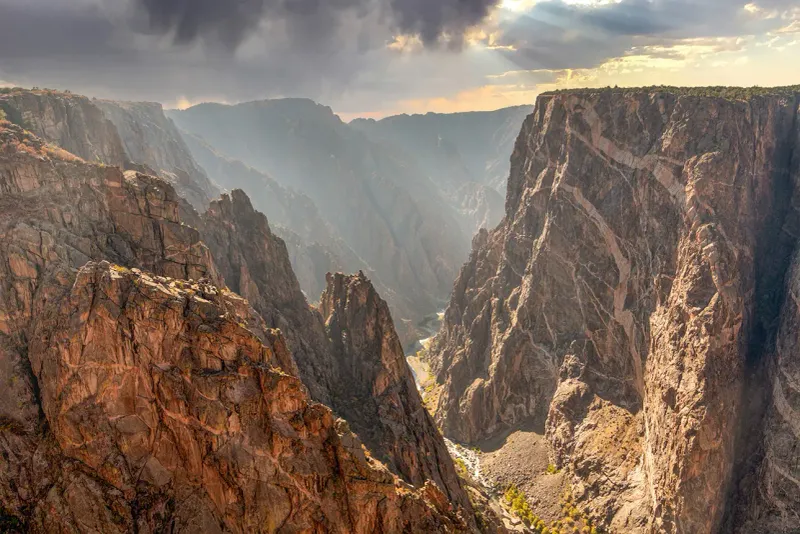
Some of America’s steepest cliffs plunge dramatically into the Gunnison River in this Colorado wonder. The canyon walls drop nearly 2,000 feet at a nearly vertical angle, creating a dizzying sense of depth that few other places can match.
Unlike Zion’s packed shuttle buses, you can drive your own vehicle along the South Rim Road, stopping at numerous overlooks with hardly another soul in sight. The dark schist and gneiss rock walls are streaked with pink pegmatite, giving them a distinctive look that photographs beautifully in morning light.
Adventurous types can hike to the canyon bottom with a wilderness permit, though the routes are extremely steep. For a more accessible experience, the Oak Flat Loop provides spectacular views without the crowds of Zion’s popular trails.
9. Channel Islands National Park Instead of Olympic
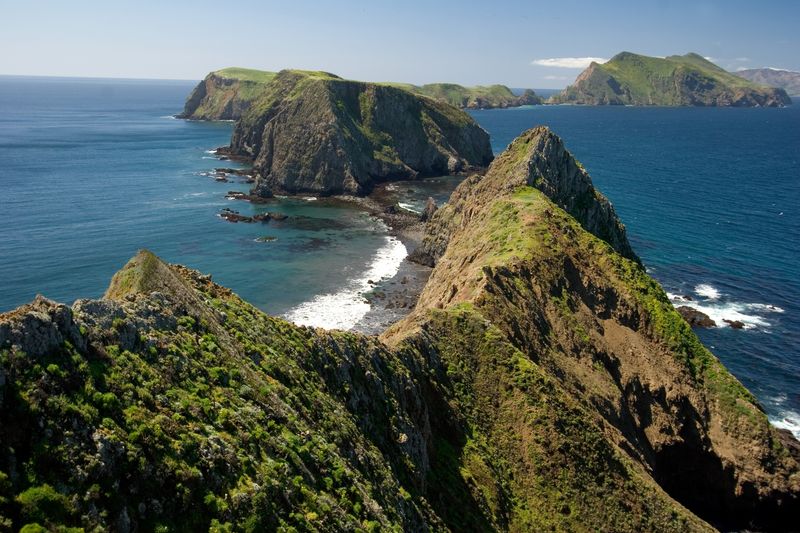
Nicknamed “America’s Galapagos,” these five islands off California’s coast offer incredible biodiversity without Olympic’s million-plus yearly visitors. A quick boat ride from Ventura Harbor transports you to isolated beaches, sea caves, and hiking trails where solitude is almost guaranteed.
Kayaking through sea caves reveals vibrant underwater ecosystems teeming with colorful fish, while island foxes—found nowhere else on Earth—might curiously approach your campsite. The islands’ isolation has created unique plant and animal species you won’t find on the mainland.
Whale watching opportunities abound year-round, with gray, blue, and humpback whales frequently spotted. During low tide, tidepools reveal fascinating marine creatures, giving you the same coastal wonder as Olympic’s beaches but with far fewer footprints in the sand.
10. Lassen Volcanic National Park Instead of Yellowstone
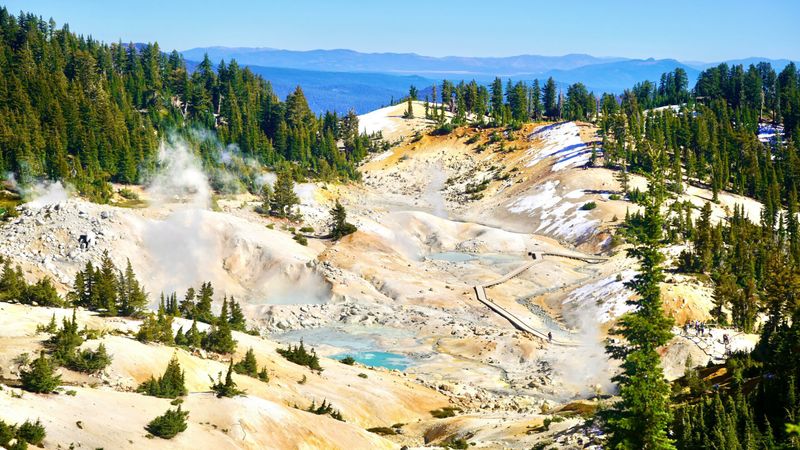
Imagine experiencing all four types of volcanoes found in the world without Yellowstone’s bumper-to-bumper traffic. Northern California’s Lassen showcases plug dome, shield, cinder cone, and composite volcanoes in one relatively compact park that sees just a fraction of Yellowstone’s visitors.
Bubbling mud pots, steaming fumaroles, and colorful hot springs dot the landscape at Bumpass Hell and Devils Kitchen. The park’s centerpiece, Lassen Peak, last erupted in 1917 and can be climbed via a strenuous but manageable 5-mile round-trip trail.
Crystal-clear mountain lakes reflect snow-capped peaks well into summer, creating postcard-worthy scenes. The park’s higher elevation means cooler temperatures during hot summer months—a welcome relief when exploring hydrothermal areas without fighting through crowds.
11. Isle Royale National Park Instead of Rocky Mountain
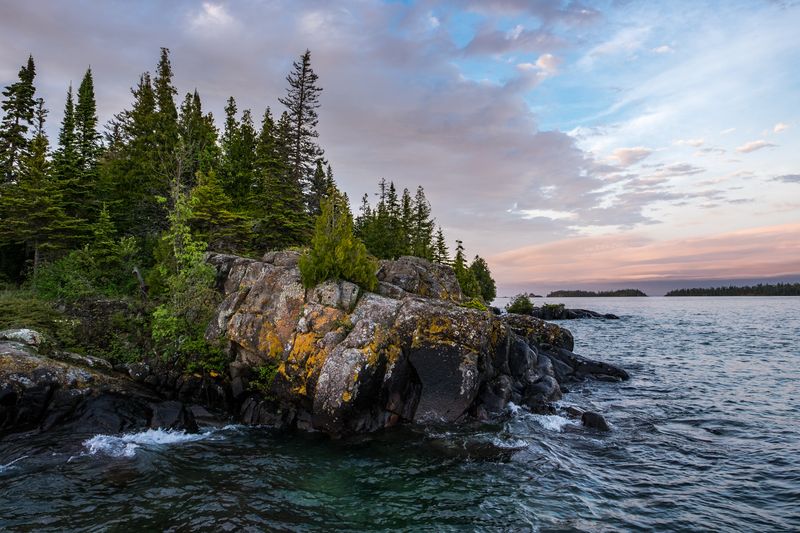
Surrounded by Lake Superior’s pristine waters, this island wilderness receives fewer visitors in an entire year than Rocky Mountain sees on a single summer day. The park’s isolation—accessible only by boat or seaplane—ensures you’ll find solitude on its 165 miles of hiking trails.
Wolves and moose create a fascinating predator-prey dynamic that scientists have studied for decades. Watching a moose feed in a quiet cove at sunrise feels far more special than viewing wildlife from a car window alongside hundreds of other visitors.
Kayaking along the rugged shoreline reveals shipwrecks visible in the clear waters below. The Greenstone Ridge Trail traverses the island’s spine, offering spectacular views of forests and inland lakes where you might camp for days without seeing another hiker.
12. Capitol Reef National Park Instead of Arches

Utah’s least visited “Mighty Five” national park hides incredible geological wonders without Arches’ infamous parking problems. The Waterpocket Fold—a 100-mile wrinkle in Earth’s crust—creates a landscape of colorful cliffs, massive domes, and narrow canyons waiting to be explored.
Historic orchards planted by Mormon settlers still produce fruit you can pick yourself in season. Nothing beats hiking through red rock country and ending at an apple orchard where you can enjoy fresh fruit under the shade of trees planted over a century ago.
Driving the scenic Capitol Gorge Road takes you through narrow canyon walls where pioneers scratched their names in the “Pioneer Register.” For a truly spectacular experience, hike to Cassidy Arch, named after Butch Cassidy who used this area as a hideout.
